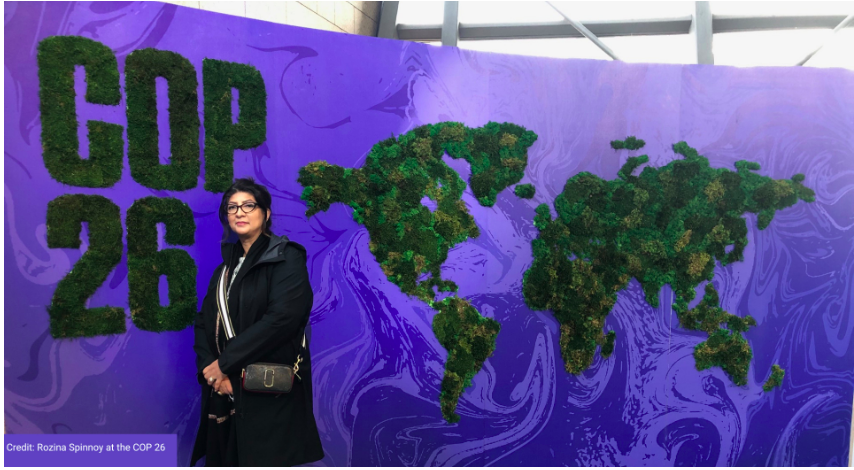Developing and pushing my own boundaries and going out of my comfort zones has given much confidence, critical thought and reflection.

This aricle below has been writting by Rozina Spinnoy of the BDC and written for the SIT Awards, where Rozina is a on the current Jury for the Awards.
Could you tell us a little about yourself and your professional journey?
SIT Awards: Rozina Spinnoy was born in Scotland and living in Brussels for the last 20 years. She holds a BSc(Hons) in Interior Design/Architecture from Glasgow Caledonian University and TEI Heraklion, Crete. She is the Founder & Director of Design2Style, Managing Director Belgium Design Council (SME), and NGO BIDs Belgium (New European Bauhaus community partner). Based in Brussels and working locally and internationally, Rozina is an experienced professional, with a career spanning nearly 25 years. Rozina is sharing with us her professional journey through art & design as well as her personal engagement towards children education and women.
Could you tell us a little about yourself and your professional journey?
I am from Glasgow, Scotland, with a South Asian heritage and I’ve been living in Brussels over the last 20 years. Working as a Design Strategist and Social Entrepreneur on purposeful projects that I’m passionate about, with my finger in a variety pots.
My career has evolved continually around the various disciplines of design from the practice, the process to strategy over the last 25 years. I initially studied and graduated with a BSc (Hons) Interior Design/Architecture in Glasgow.
Growing up in Glasgow, it had a vibrant social scene and the friendly city certainly gave a core interest in creativity with Design, Culture, and Cities. I have fond memories of the City and growing up in this fashion and design-conscious cultural hub. The City has a rich heritage of Victorian and Art Nouveau Architecture. European Art Nouveau movements influenced Glasgow Architect, designer, and artist Charles Rennie Mackintosh working alongside his wife Margaret MacDonald, with the stunning Glasgow Art School to the beautiful Hill House and House of an Art Lover. Sadly the Art School burned down twice in recent years and I hope this gets restored to its full glory once again…
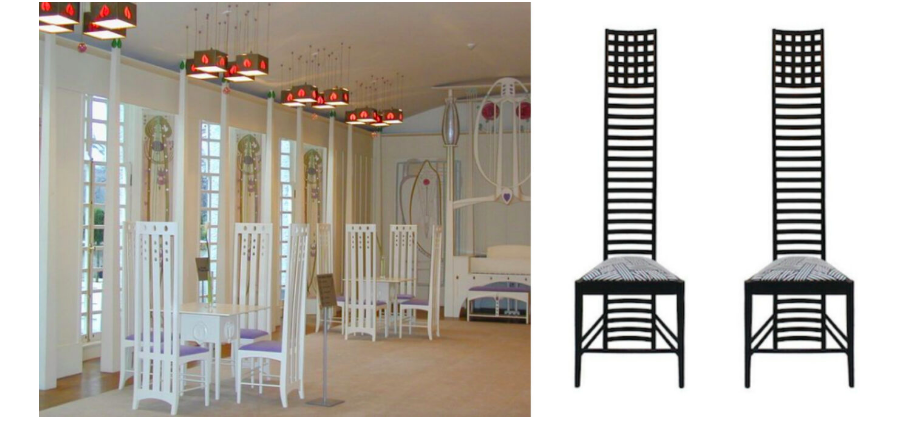
The narrative of the industrial shipbuilding heritage of the city has also changed significantly, especially after the nomination as the European City of Cultural over 30 years ago, which I remember well. Brussels will be entering the nominations for 2030 and I hope the City wins this. This can create the same memories of a home city for my own children, as it did for me.
I studied Interior Architecture/Design, a carefully considered conscious decision as a mature student in my early 20’s. I went to Glasgow Caledonian University for 5 years to study a science-based honors bachelor’s. It gave an excellent grounding from the business, theory, and practice. The opportunity and experience to study Architecture in Greece at the Technological Educational Institute Iraklion, in Crete, was invaluable during this period. All thanks to the Erasmus exchange program!
My first experience of working was in my late teens, when I fell into working in the finance sector full time and Accountancy and Tax for three years and then Stockbroking. I didn’t know which direction to go for further education and decided to take some time out. I knew whatever I was to study, would eventually be connected to creative sectors in some way.
I’m the youngest of 7 children and have brothers that had an interest in all genres of music, society, and culture. I was lucky to have been exposed to this at an early age and went to many exhibitions and concerts. I remember going through the album and CD covers from Stevie Wonder, David Bowie, Pink Floyd, Beatles, Led Zepplin to Miles Davis. Being continually fascinated by all the Artwork and colorful illustrations.

My parents emigrated to Scotland in 1958; my Late Mother had attention to detail and in particular Asian materials, which was almost an obsession. . I used to go clothes shopping every weekend with her to the many exotic and intricately embroidered materials in the clothes stores in Glasgow Southside.
I went to the City of Lahore and also walked along the road to Amritsar at the border to India and other places in Pakistan in late 2019, it was a feast for the senses. To see the grand historic Islamic architecture steeped in history. The smells and sounds of the food, the hustle and bustle of the markets in the city to local craftsmanship of the wood carpenters in the villages, and the hospitality, have also impacted me greatly.
The City of Lahore is approximately the size of the country of Belgium in terms of population at just under 12 million people. Amritsar is more the population size of Brussels and Dehli incredibly nearly 19 million. The scale of the challenges, of such megacities as Lahore, Dehli, and many others, in terms of climate change and education in sustainability at ground level, is immense and quite overwhelming.
Leaving the ornate architecture within the touristic center, towards the roads filled with rivers of plastic really brought home the scale of the challenges the global South encounters.
I also visited the regional government in charge of urban development projects. It was also inspiring to see the sustainable projects and drive towards some of the co-designing of places for projects they were working on. There are many inspiring projects and initiatives from India, Pakistan and South Asia as a whole. Especially from the young dynamic entrepreneurs and change-makers. It would be good to hear and read more about these initiatives in the West.
My parents emigrated to Scotland in 1958; my Late Mother had attention to detail and in particular Asian materials, which was almost an obsession. . I used to go clothes shopping every weekend with her to the many exotic and intricately embroidered materials in the clothes stores in Glasgow Southside.
I went to the City of Lahore and also walked along the road to Amritsar at the border to India and other places in Pakistan in late 2019, it was a feast for the senses. To see the grand historic Islamic architecture steeped in history. The smells and sounds of the food, the hustle and bustle of the markets in the city to local craftsmanship of the wood carpenters in the villages, and the hospitality, have also impacted me greatly.
The City of Lahore is approximately the size of the country of Belgium in terms of population at just under 12 million people. Amritsar is more the population size of Brussels and Dehli incredibly nearly 19 million. The scale of the challenges, of such megacities as Lahore, Dehli, and many others, in terms of climate change and education in sustainability at ground level, is immense and quite overwhelming.
Leaving the ornate architecture within the touristic center, towards the roads filled with rivers of plastic really brought home the scale of the challenges the global South encounters.
I also visited the regional government in charge of urban development projects. It was also inspiring to see the sustainable projects and drive towards some of the co-designing of places for projects they were working on. There are many inspiring projects and initiatives from India, Pakistan and South Asia as a whole. Especially from the young dynamic entrepreneurs and change-makers. It would be good to hear and read more about these initiatives in the West.

Designing, co-designing, collaborating and researching on topics and projects that align with my own values is important to me. With a focus on designing inclusive environments and processes supporting that. Whilst looking at how we can evolve together in creating sustainable and healthy communities. Along the way using foresight and systems thinking approach, connecting the dots and working transversally.
Since starting my businesses over 10 years ago, I have aligned myself with working on designing projects around the topics of inclusion, urban design and place-making, gender equality, and women empowerment, with also advocating about more mental health awareness.
I’ve been very lucky with having a varied career path from working in finance, corporate hospitality from the late ’90s in marketing, brand, and design roles, to starting my own SME and NGO over this last decade.
Not long after graduating, I fell into corporate hospitality. A leading Boutique hotel UK-based brand, Malmaison Hotels, working within its headquarters in Glasgow. The brand was the vision of the Glasgow hotelier Ken McCulloch, who had an eye for detail.
Designed by his wife, acclaimed Scottish Interior Designer, Amanda Rosa. The strong focus is on converting architectural heritage buildings of interest with that brand. I looked to the hospitality industry and trends of design from some of the interiors of the on-trend bar, nightclub, and restaurant designs of entrepreneurs such as Colin Barr. I admired the works of Graven Images and know the Designer, Jim Hamilton. The Head of Design at the then College of Building and Printing that I attended before I went on to University, had also taught Jim prior to me. Jim and Graven were then to come back in my professional life at a later stage, in the hospitality industry. I still stay in touch with him from afar after all of these years.
I transferred with my work and moved to Brussels, after the acquisition of Malmaison Hotels. Working in a variety of roles from regional PR and marketing, to covering the EMEA region with brands and concept development and hotel design, working for the multi-brand hotel operator Carlson Rezidor. It was an excellent experience in the global world of hospitality design that also seemed friendly and intimate, with the then family-like atmosphere that the previous CEO encouraged.
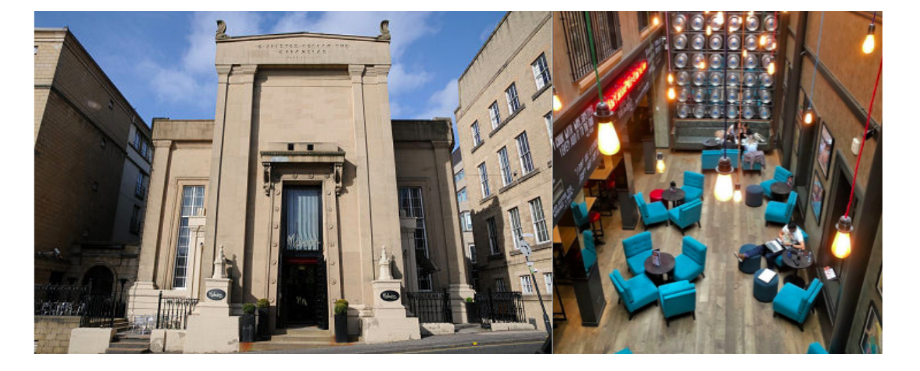
Further exposure to the global design world really took off with attending the Salon del Mobile in Milan regularly. Along with attending the various furniture fairs from Paris to London and beyond. I connected to many wonderful designers and had a few star-struck moments. Meeting Karim Rashid, whilst he was a DJ at a Boutique hospitality fair in London and also in Dubai, or seeing Philippe Starck from afar. I listened intently to the ‘king’ of hospitality, Ian Schrager at a design conference I attended in London. Sharing his story from the iconic Studio 54 and his collaboration with Starck for the Royalton in New York, which I recall visiting in New York in the mid-1990s.
There were many big-name designers that were collaborating and diversifying with other sectors and brands. The hospitality sector was no exception, such as the collaboration with the Italian fashion house Missoni. Missoni Hotels had opened in Edinburgh then Kuwait, under the iconic eye of Creative Director Rosita Missoni and Italian Designer Matteo Thun. The longevity of the hotel side of the fashion brand was not there, unfortunately. Yet exciting times at the point of my leaving work in the corporate hospitality sector.
I had taken a career sabbatical for one year after my 3rd child was born and eventually took the leap to leave the corporate world. I also choose to spend more time raising a young family and getting to know my ‘local’ market by starting my own business Design2Style.

I left this phase of my corporate life after several years pretty exhausted, to then eventually start out on my own. This was the start of taking a different direction and also diversifying. My career moved in a variety of disciplines of design, gradually understanding the business of design as an entrepreneur. Delving deeper not only in the aesthetics, form and function aspects, yet also the processes of design.

As a designer and entrepreneur, I educated myself further with the Belgian design scene at that stage of leaving corporate life. Knowing the history of Antwerp as the fashion capital steeped in the reputation of the Antwerp Six. Appreciating the understated minimalist elegance of world-renowned Axel Vervoodt, with a slight enigmatic mystery. Working in the international environment hadn’t always given rise to the opportunities to explore and delve deeper into three Regional differences of the design organizations, yet the opportunity arose at this point for me.

I’ve always immersed myself in books as many do and in 2010, just I was leaving the corporate world I bought the ‘Design in Belgium’ book. It had given a comprehensive rundown of the design retail, to hotels and museums to see. Still linking to hospitality, I was a keen admirer of designers such as Michel Penneman. With his innate individual style, he brought to the boutique hotel scene of Brussels, such as the Vintage Hotel. I recall fondly the Summer opening of the Pantone Hotel, launched by the brand itself. This hotel was designed by Penneman and I felt the nostalgia and parallels of years gone by in Glasgow. The possibilities to be in purposefully ‘designed’ places encouraged the new boutique-style concept and Brussels vibe.
Having worked in a global corporate environment, I used to fear my professional world and network could not extend when starting out on my own. I couldn’t have been more wrong in that. I have grown spiritually, personally and my network has grown exponentially, in ways I would never have imagined initially. I’d say that’s thanks to many experiences, the love of networking, and listening to people and their stories. I also attribute this to the core design education of the arts and sciences based education all those years ago. I have had the freedom to ‘explore’ other fields of design and sectors whilst mixing the business and brands. Developing and pushing my own boundaries and going out of my ‘comfort’ zones’ has given me much confidence, critical thought, and reflection. I feel very privileged for that.
When did your “entrepreneur “life in Design start?

I’ve always been around entrepreneurs growing up. My parents came from South Asia and came to Scotland in 1958 and my late Father was an entrepreneur right from the start. Therefore, it was only natural and it was in my DNA to be an entrepreneur in some ways.
When I started out as an entrepreneur officially in 2010, it felt like the ultimate freedom. Executing my dreams of starting my own business and designing all aspects from a blank canvas. Having the ability to be a ‘problem solver’ for others. To enhance and improve all environments no matter the client. To create a positive impact with good design and showcase how it can change and be an added value in so many ways, was imperative for me. No matter how small or big a project.
Going back the basics of the Design Education I mentioned earlier played an important role. From the concept development to learning how to budget with the basics of mathematics and understanding why the fire regulations mattered. At that time, it also included the digital dimension with learning the CAD – computer-aided design. I do recall initially going to see clients with my huge portfolio case, which I’m sure I still have in the cellar somewhere! This of course gradually reduced in size from A1 to A3, to then to eventually transferring my portfolio of work to an iPad. What a difference that digital transformation made to life of a Designer!
Starting out with Design2Style, as a small business, which was an easy transition. It was ideal with also having a young family of 3 children, having the balance of working from home. My experience over the previous years helped within the different aspects of developing a business and brand. The professionalism and service aspect to clients was incredibly important from the start. Developing the brand, social media, business development, marketing, and client base was important. Every experience from finance to design is important. The ‘global’ mindset and most importantly how relationships and networks matter. Having the ‘anything is possible’ mindset with being flexible, adapting to new situations and ultimately having the all-important ’empathy’ and listening ear with clients. At times I also felt like a therapist, as there are definitely the elements of that psychology in design, in more ways than one.
Over the last years, my business and I evolved. I moved from the design of interiors to the strategy of design and what that means. What would it mean to ‘co-design communities and educate the value of design as a strategy? Around 2016/17 I started Belgium Design Council and soon after launched my NGO, BIDs Belgium.
You have founded and co-founded several initiatives, including inclusive education programs; can you share with us your engagement towards children education and women?
My children and their creativity inspired my engagements towards education and in particular inclusive education. Observing over the years the inherent creativity that young children possess in primary school. To then how in secondary school the pressure of exams, tests and pressure at young age detracts from that creativity. This instigated a number of connections within childhood education. From the Lego Foundation’s Play Futures community, which I had the pleasure to be invited to join close to the start and connect to the global community. Also closer to home here in Brussels, an initiative of a local Foundation, which would hold several meetings at the European Parliament, where the intimate group would listen to experts linking creativity and education over recent years.
In 2017, I co-designed an inclusive Education programme, inspired by my middle son who has an intellectual disability and a variety of challenges including mental health. It’s called Analogue to Digital and it’s a programme of workshops linking social impact and STEAM. The term STEAM originated from Rhode Island School of Design, bringing Arts into the Science, Technology and Manufacturing education.
It has a variety of programmes for Teach the Teacher, ‘Espace Kalm’ that plays on mixing French/Dutch words for Space and calm. Equating to Calm Space and the need for this in our busy lives and countering the technology influence in our lifestyles, with the basic of hands-on creativity.
Analogue to digital by BIDs Belgium (Images of Rozina Spinnoy)

The Analogue to Digital workshops are incredibly rewarding. The pilot was with two amazing schools that in 2017 included a Dutch-speaking school in my own district. Eventually, they went for EU funding to open a STEAM lab and confirmed that our workshops validated the direction they wished to take. Encouraging an experimental, critical thinking approach and future-proofing the youth with exposing them to 3D printing and digital aspects, as well creativity such as clay-making.
There has been mentoring of youth in Slovenia with a lab for a European project, local workshops for kids from a variety of backgrounds and countries for a summer school on encouraging kids to design a local pedestrianized street. Analogue to Digital has its own separate site yet comes under the BIDs Belgium NGO.
My involvement over the years in women’s issues has become stronger as the years go on. Being a woman of color, breaking cultural and religious norms, feeling very grateful for having a voice, an education and a healthy family.
I’m striving to continually better myself through opportunities that I make and that are enabled through the environment and experiences around me. Having had influences of strong women around me, from my 2 elder sisters to admiring female Architects and Designers. I greatly admired the late Zaha Hadid. I recall going to see her talk in Glasgow during my university years at the Glasgow Film Theatre and being mesmerized by her presence and ability to have made in a predominantly male-dominated industry, whilst being a woman from another origin.
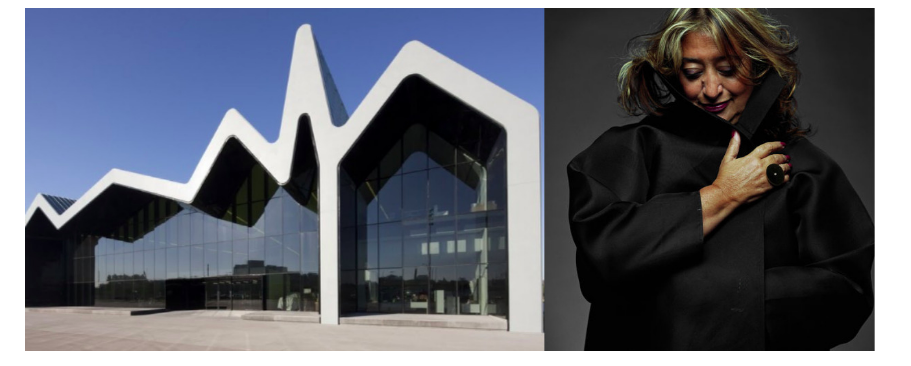
Her futuristic architecture with simple curves and organic shapes showed me she had no fear and just went on to define her iconic style of architecture. I was so upset when she passed. I’m still waiting for such a diverse female ‘starchitect’ to emerge and be acknowledged in the way she was in the architecture and design world.
As a Mother myself, appreciating the journey of my Late Mother, also had a profound impact on me. Yet she had this sense of beauty with her personal belongings, from the jewelry and to clothing. Being fashion-forward with her material collection and keeping up with the trends. Her and my Father’s profound sense of giving back to family and the extended community with their hospitality, I’m sure had a subconscious influence on me growing up.
These and other experiences, observations and facts, I take with a kind of humility from being Scottish with the South Asian origins. Overcoming social stigmas, cultural and religious norms and expectations, having the mix of East meets West made me truly appreciate my journey of life and route that has the richness of the design and cultures with the Asian, UK and European continental mix.
I’m part of a collective of amazing women from an inspiring initiative of Women 100/ W100. We have a mission of breaking down the silos and of women building bridges across the Brussels Region. We co-designed and realized our first event in 2019 after a year of regular meetings. Bringing together 100 diverse women who were active during Covid-19. It was a truly humbling experience.
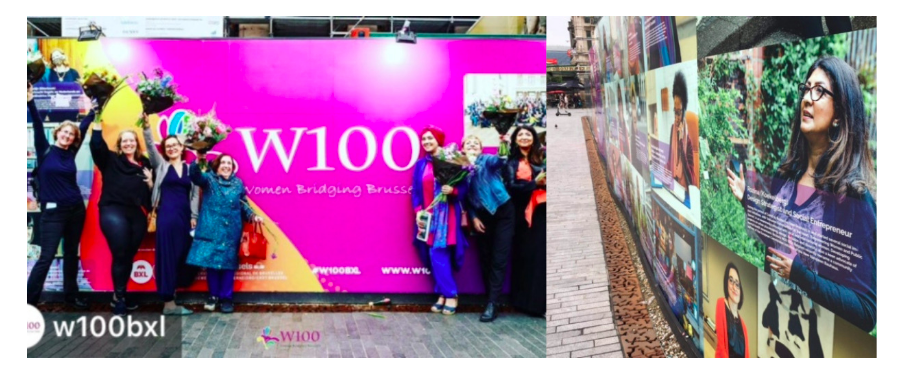

SIT AWARDS 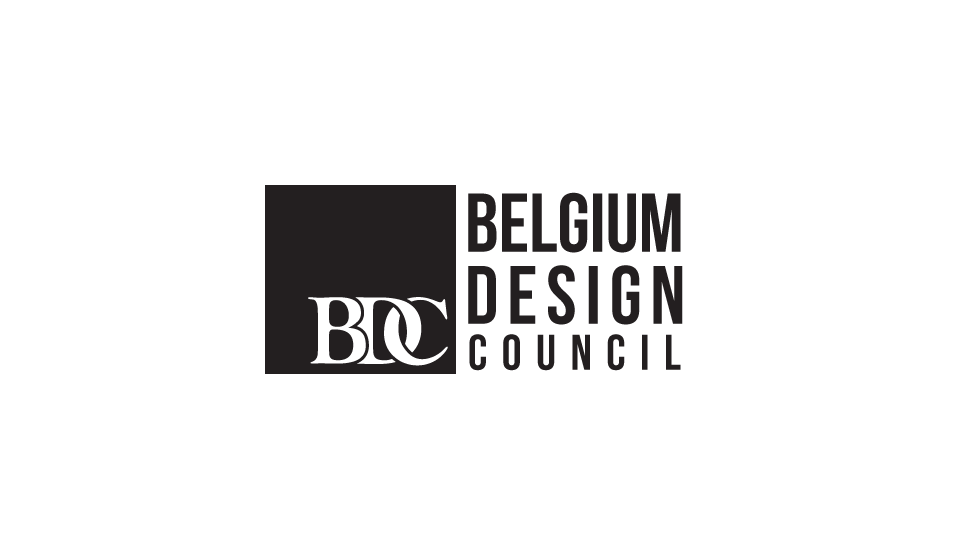
BDC

